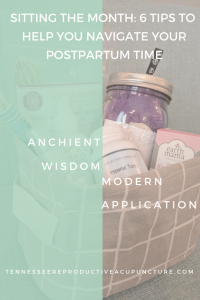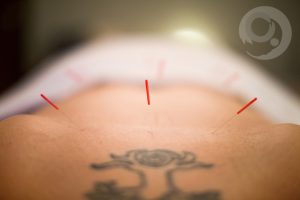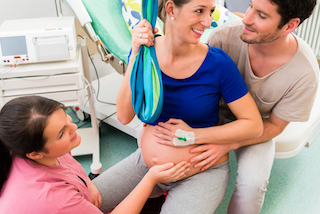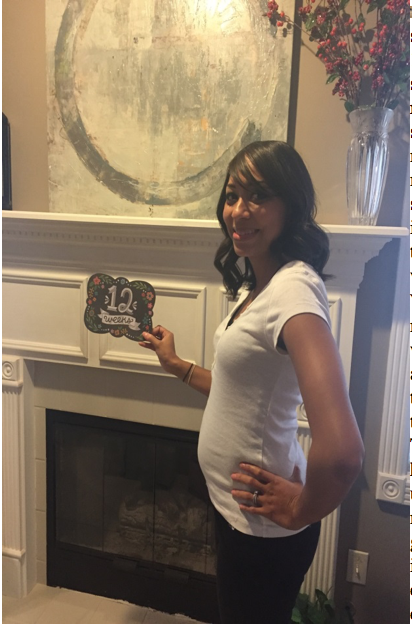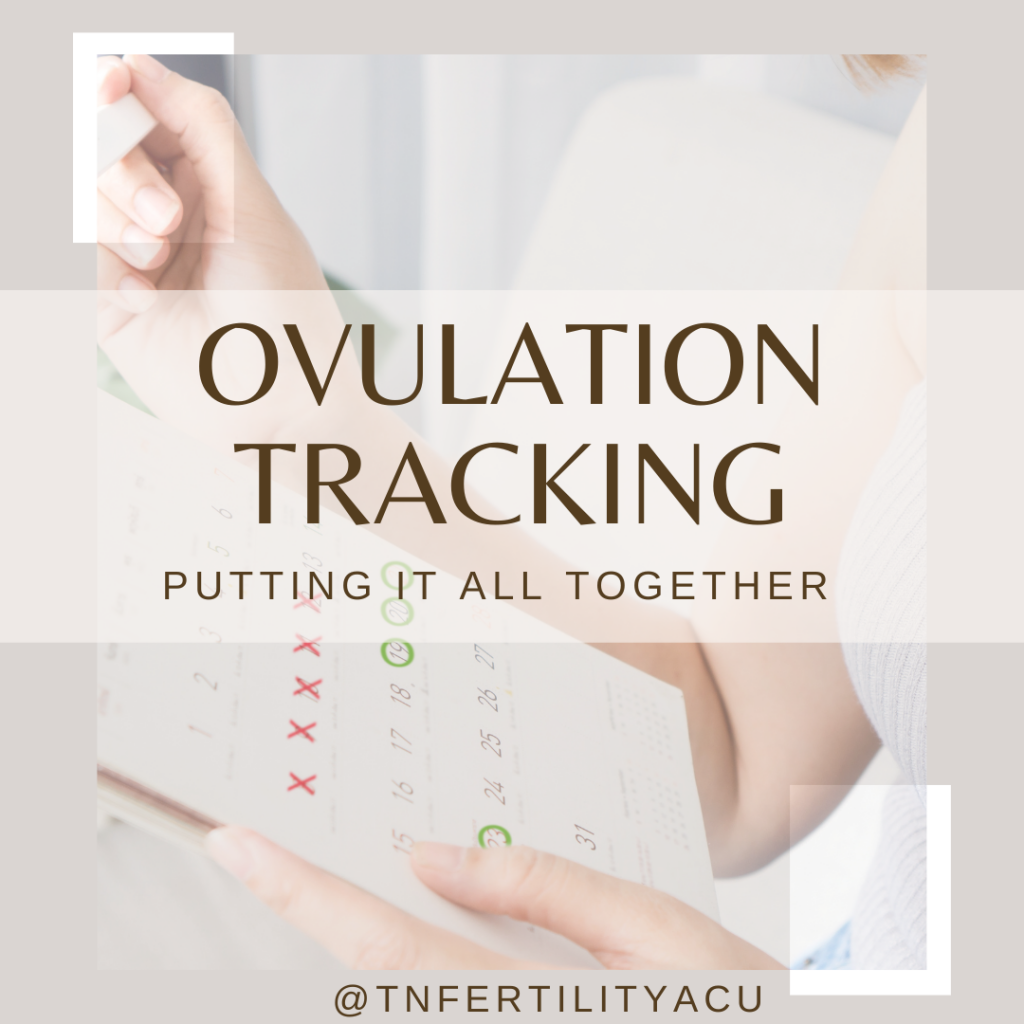
Our bodies are constantly giving us clues as to what is happening on the inside! By observing changes in our bodies and tracking our cycles, we can have a better idea when ovulation might be happening. We encourage our patient to track their cycles using a method they feel comfortable with that doesn’t add any undue stress to the journey.
Tracking your cycles can optimize intercourse timing, and even help screen for any possible ovulation or luteal phase issues that might warrant a referral to a reproductive endocrinologist. We’ll go through our top three cycle tracking methods to help give you an idea of what to look for and where to start.
There are lots of apps that can help you track this information over time so you can start noticing patterns, symptoms, or even red flags that might develop.
Cervical Fluid Tracking
Cervical fluid or mucous will change throughout the cycle and, by observing these changes we can get an idea of when our our fertile window starts and when it might end. In a nutshell, your cervical fluid will be thick and more viscous (we describe it almost like lotion) during non-fertile times. This mucous can often stay in the vaginal canal and might not be noticeable without an internal check. When we’re approaching ovulation, the fluid will become thin, watery, and almost egg-white consistency to allow the flow of sperm through the cervix. After ovulation, it will become thicker again.
4-6 days prior to ovulation, you’ll notice cervical fluid increasing. It will be wet, thin, slippery, and usually clear. Typically women will report an increased feeling of “wetness.”
In the 2-3 days leading up to ovulation, our cervical mucous takes on the consistency of raw egg white. If you were to have some on your fingers and pull them apart, the fluid would stretch between them. (There are lots of examples online of what this looks like).
After ovulation has occurred, cervical fluid becomes thicker, sticky, and more dry. You might not notice any or you might see some thicker, creamy fluid.
Cervical mucous helps to prevent anything from getting into the uterus most of the month, but during ovulation, it becomes fertile allowing sperm to travel through the cervix, into the uterus, and up into the fallopian tubes where conception happens. One example, that Cleveland Clinic uses, that we think is helpful is to think of the uterus like a swimming pool. Sperm have a much easier time swimming in thin, watery fluid vs thick, creamy fluid.
We recommend checking your cervical mucous daily for a couple of months to see what patterns your body has. Semen can make this a bit harder, to try to check with that in mind. Cervical mucous can also be affected by some medications as well as dehydration.
Ovulation Predictor Kits
Ovulation predictor kits, or OPKs, are the most common way our patients track their cycles. We like them a lot as they are usually easy to use and give you some warning that ovulation is coming so you can plan intercourse accordingly.
First off, OPK’s measure the level of luteinizing hormone present in your urine. Levels of LH peak 24-48 hours before ovulation.
When you start using them, you’ll want to err on starting them a little earlier in the cycle until you get an idea of when you typically ovulate. To calculate this approximate range, take your average cycle length and subtract 14 days. This is your “calendar method” ovulation date. (which is not always accurate). From here, you’ll want to start your OPK’s about 4-5 days before this date. So, if you have a 32 day cycle, you’ll take 32-14= 18. 18 is. your “calendar method” date. You’d want to start your OPK’s around cd 12 or 13 to start. Once you get an idea of your normal ovulation date after a few cycles of testing, you can start testing 2-3 days prior to your anticipated ovulation. After you get a positive test, you can stop testing.
If you have irregular cycles, we typically recommend testing starting around cd 8-9 to start and then testing until you get a positive. Of course, as you get to know your timing, you can adjust this date accordingly. It is possible that you have anovulatory cycles or ovulate irregularly and OPK’s can help determine what might be going on. If you notice any of these patterns, we recommend a visit to the reproductive endocrinologist to find out what might be causing the issue.
Try to take them everyday at the same time. For most women, this will be first thing in the morning. You may find another time of day that works for you. You will see a faint line or no line when they are negative. As you get closer to your peak LH levels, you’ll see the line get darker and then finally go positive. From here, you can expect ovulation to happen in 24-48 hours. Positive OPK day is the ideal day to time intercourse and we recommend trying during the 2-3 days following the positive test as well.
There are tons of different tests on the market, some are cheap strips that are dipped in a small cup of urine, others are digital and some even combine with an app to give even more information. For most folks, we recommend starting with the cheaper strip type tests. The digital tests can be quite expensive especially if you are taking them often, but some women prefer them over the others. All work well, so choose what works for you.
Basal Body Temperature
Basal body temperature (BBT) tracking can be another great way to track your cycles and get a bit of information to help you time intercourse and even help determine if your cycles are healthy or you need to make an appointment with your reproductive endocrinologist.
BBT tracking involves using a basal body thermometer each day at the same time (even on the weekends!) and tracking that number over time. Early in the cycle, prior to ovulation, temperatures will be low.
Around ovulation, you might notice a drop in temperature followed by a ~1 degree rise that can take place over the course of 1-3 days. This temperature rise indicates that ovulation has happened and is caused by increased progesterone levels in the body. After ovulation, temps should stay high and will drop about 24 hours prior to menstruation.
Using BBT in conjunction with OPK’s and fluid tracking can help mark the beginning and end of your ovulatory phase. Cervical fluid will become more fertile in the days leading up to ovulation, OPK’s will turn positive about 24-48 hours prior to ovulation (your temps will still be low or you might see an ‘ovulation dip’ around this time). Once you ovulate, temps go up (you’ll also see your cervical mucous becoming thicker and more opaque) and this marks the end of your fertile window.
If you don’t see a bi-phasic chart (meaning a chart with a clear temperature rise and a low temperature phase and a high temperate phase), and your numbers look a bit more random, you might want to schedule a visit with your doctor to confirm ovulation and rule our any underlying conditions.
It can take some time to get used to temping and reading your chart, so give it 2-3 cycles to get used to your patterns. There are countless apps that can help you track the data and most will help identify your ovulation date as you go.
BBT tracking can be helpful in the acupuncture clinic as well. We can use this information to track certain cycle points over time and it can help guide our treatment.
However, we’ve seen many patients who find this data overwhelming and tracking stressful since it has to be done daily. In this case, just don’t do it (or maybe just do it for a few cycles). You can also stop after ovulation is confirmed, as usually the stress comes from looking for early signs of pregnancy in your tracking data, and start when you begin your next period. BBT isn’t a reliable indicator of early pregnancy.
One piece of advice on BBT tracking: Please don’t try to analyze the data day to day. There are many things that can affect your temperature (a colder or warmer room, alcohol consumption, insomnia, fever, different sleep pattern, etc). The best way to use BBT is to track the health of your cycles over time.
As always, we are happy to talk through cycle tracking with our patients and often use this information to optimize the timing of our treatments and the acupuncture points used. If you’d like to make an appointment, give us a call, 865-315-3845 or head to our website and schedule online.

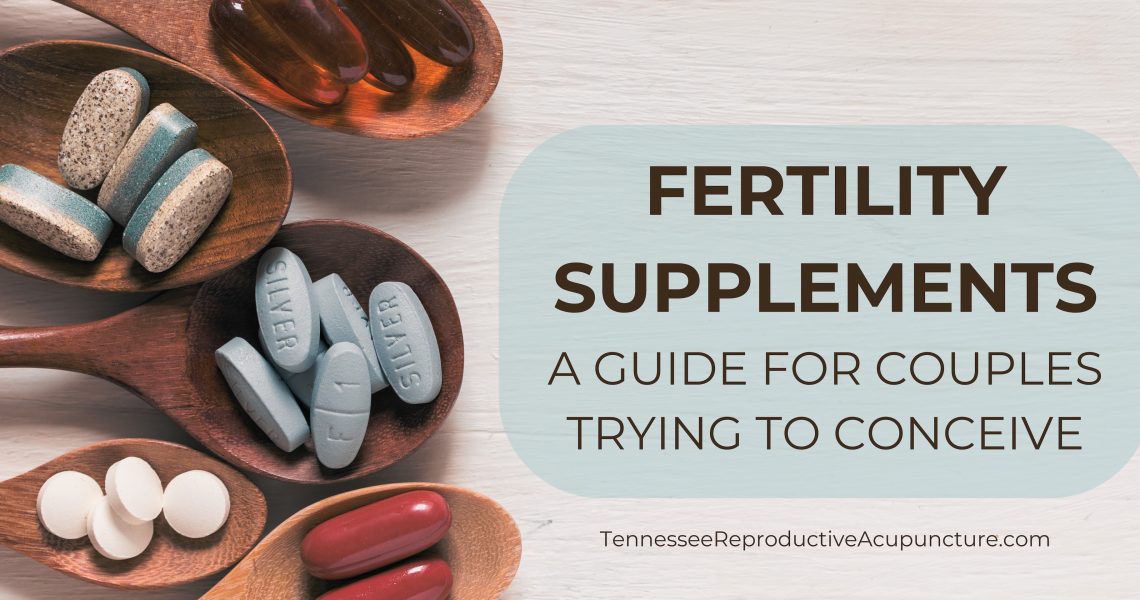




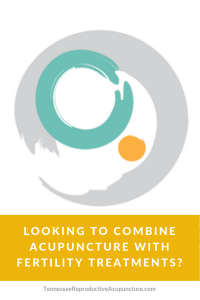

 We are so excited to share our postpartum recovery kit with you! Most of our mama’s take so much care planning for their birth, the weeks after baby arrives are often neglected. To follow up with our recent
We are so excited to share our postpartum recovery kit with you! Most of our mama’s take so much care planning for their birth, the weeks after baby arrives are often neglected. To follow up with our recent 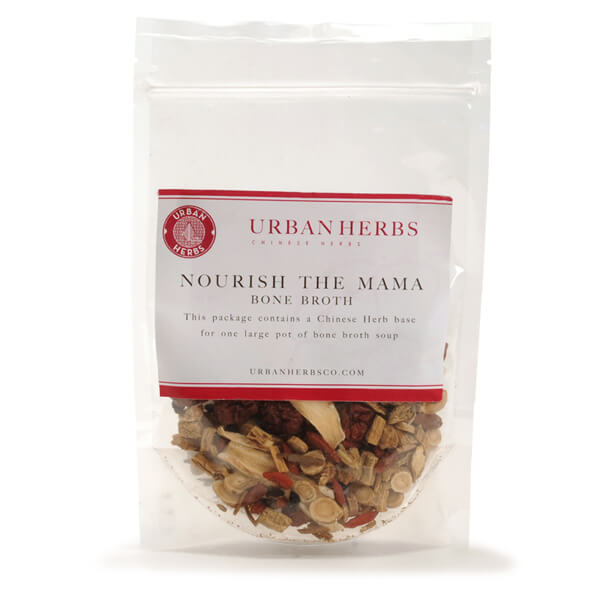
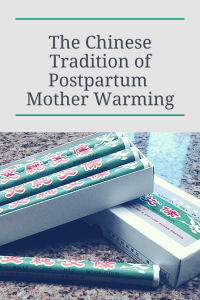 Mother Warming:
Mother Warming: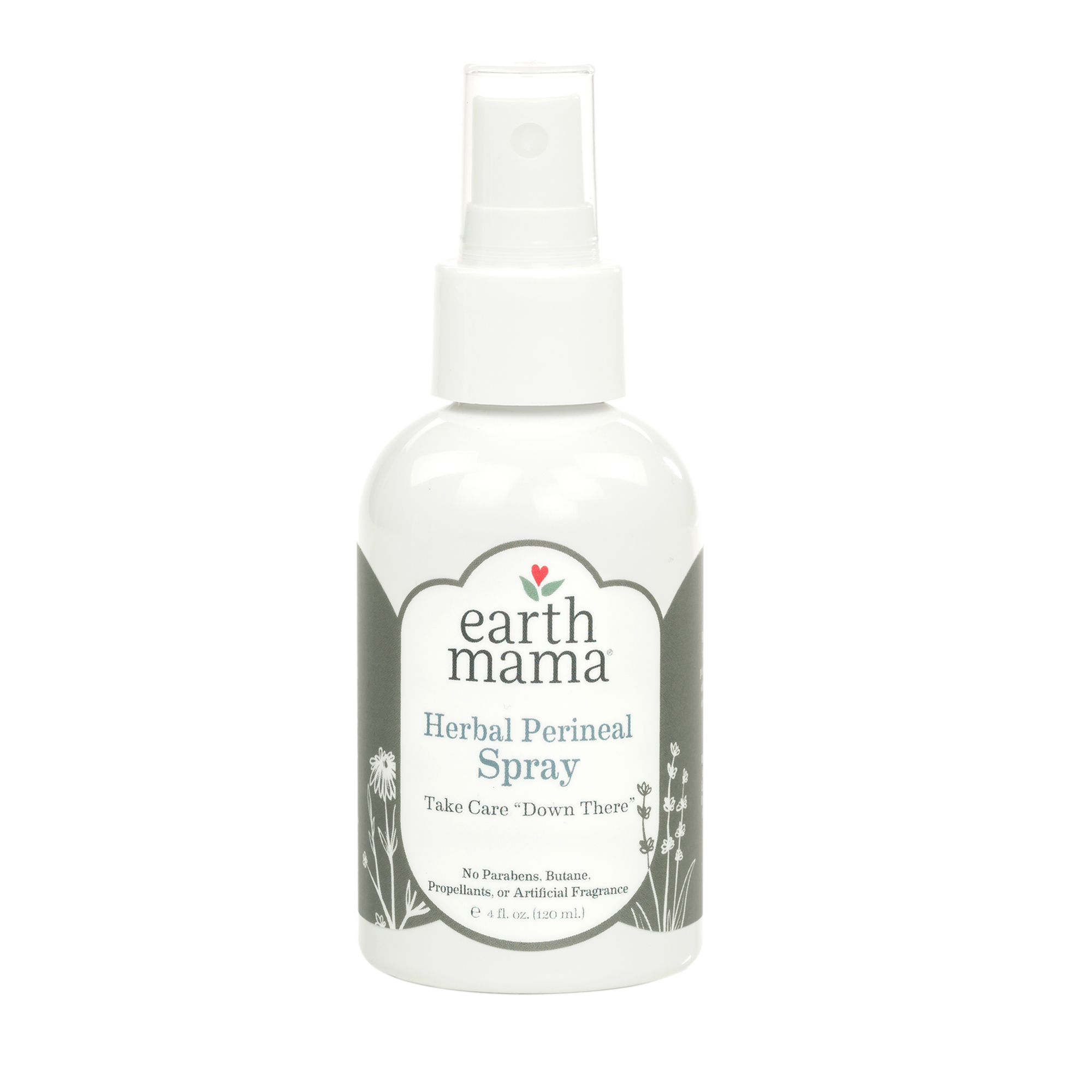
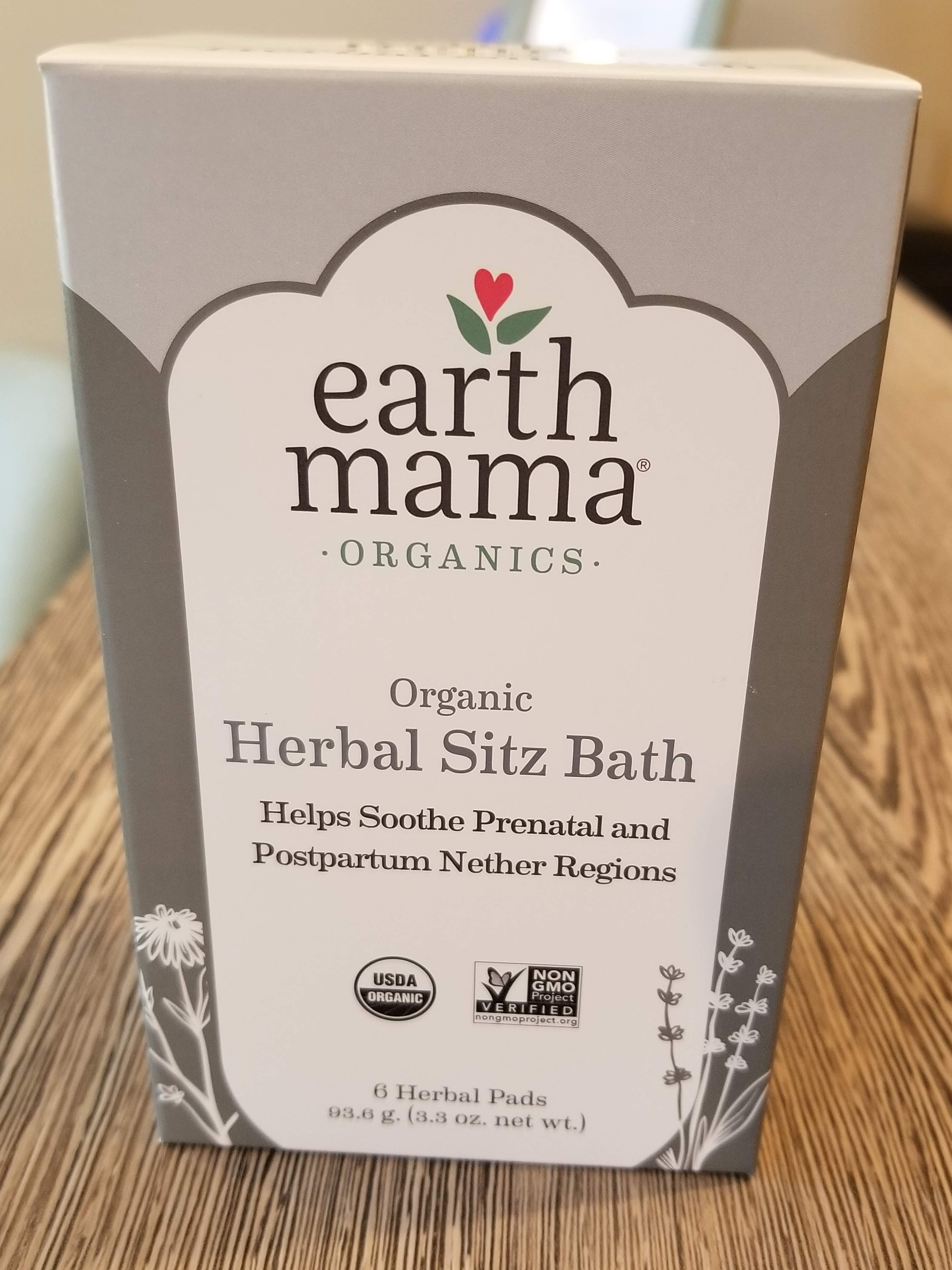

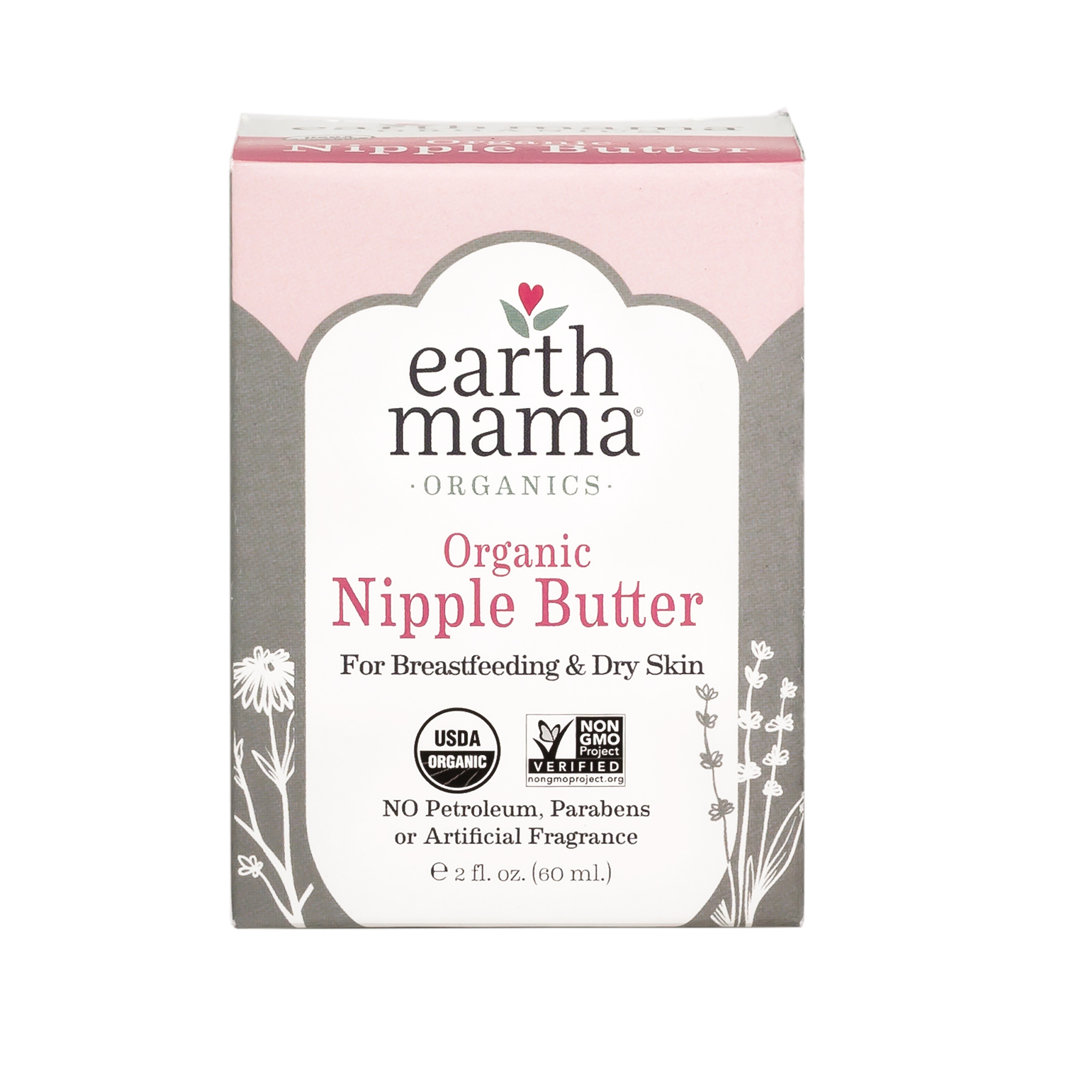 Nipple Cream:
Nipple Cream: 
